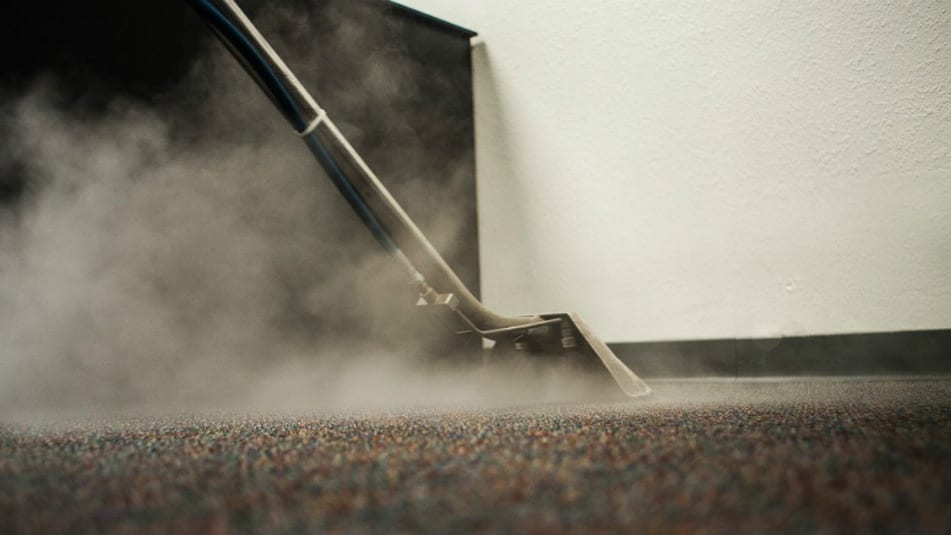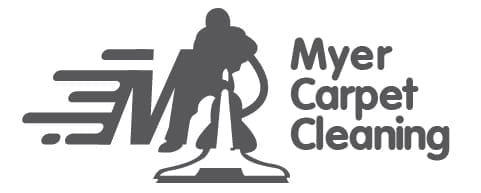
Steam Cleaning vs Dry Cleaning
There are two methods of professional carpet cleaning commonly used – steam cleaning (hot water extraction), and dry cleaning. Here we will explore the differences and benefits of steaming cleaning vs dry cleaning.
Winter, the season of leaking roofs and muddy feet leaving stains and dirt on your carpets is upon us. According to the Carpet Institute of Australia (yes, really), maintaining your carpet properly will help to retain its original appearance as long as possible, and can improve the quality of the air in your home.
In addition to weekly vacuuming and spot cleaning, the Carpet Institute recommends having your carpets cleaned by a professional service every 12 months.
Steam Carpet Cleaning
Also known as hot water extraction, this cleaning methods works by forcing hot water into the carpet using a high-pressure jet spray, and then vacuuming the water out.
This is typically performed using either a truck-mounted or a portable machine. Your steam-cleaning technician will
- vacuum the carpet to remove any dust or surface dirt
- spot-treat any stains and marks with a cleaning agent
- use a pre-spray to soften the surface tension of the carpet.
This allows the hot water to penetrate the fibres more effectively, allowing for a deeper clean.
Drying time following a hot water extraction treatment will vary, but with adequate ventilation, 6 – 8 hours is typical.
If your carpet takes longer than 24 hours to dry, your technician has not extracted enough water during the cleaning process.
Dry Carpet Cleaning
Despite the name, this method still uses some water, though less than steam cleaning.
As with steam cleaning, your technician will:
- vacuum the carpet to remove any surface dust or dirt.
- Apply a dry cleaning solution of cleaning solvents and water is then applied to the carpet. This solution is formulated to break down the carpet fibres, releasing any build-up of residue, which traps dirt in the fibres, allowing the dirt and soiling to be extracted.
This method uses a machine fitted with rotating pads that spin at high speed on the carpet, absorbing dirt.
The pads are made from absorbent cotton which are soaked in a mixture of hot water and conditioning solution. These are changed throughout the cleaning process as they become soiled.
Steam cleaning and dry cleaning have different benefits.
Dry cleaning leaves the carpet dry enough to walk on immediately, and will normally be completely dry within 2 hours, which is useful for carpet in a high traffic area.
So the verdict is in !
Many carpet manufacturers recommend steam cleaning as the preferred method of maintaining and prolonging the life of your carpet.
For general maintenance, dry cleaning is quick and effective; however it is only a surface clean.
For a deep and thorough carpet treatment, professional steam cleaning is the way to go.

